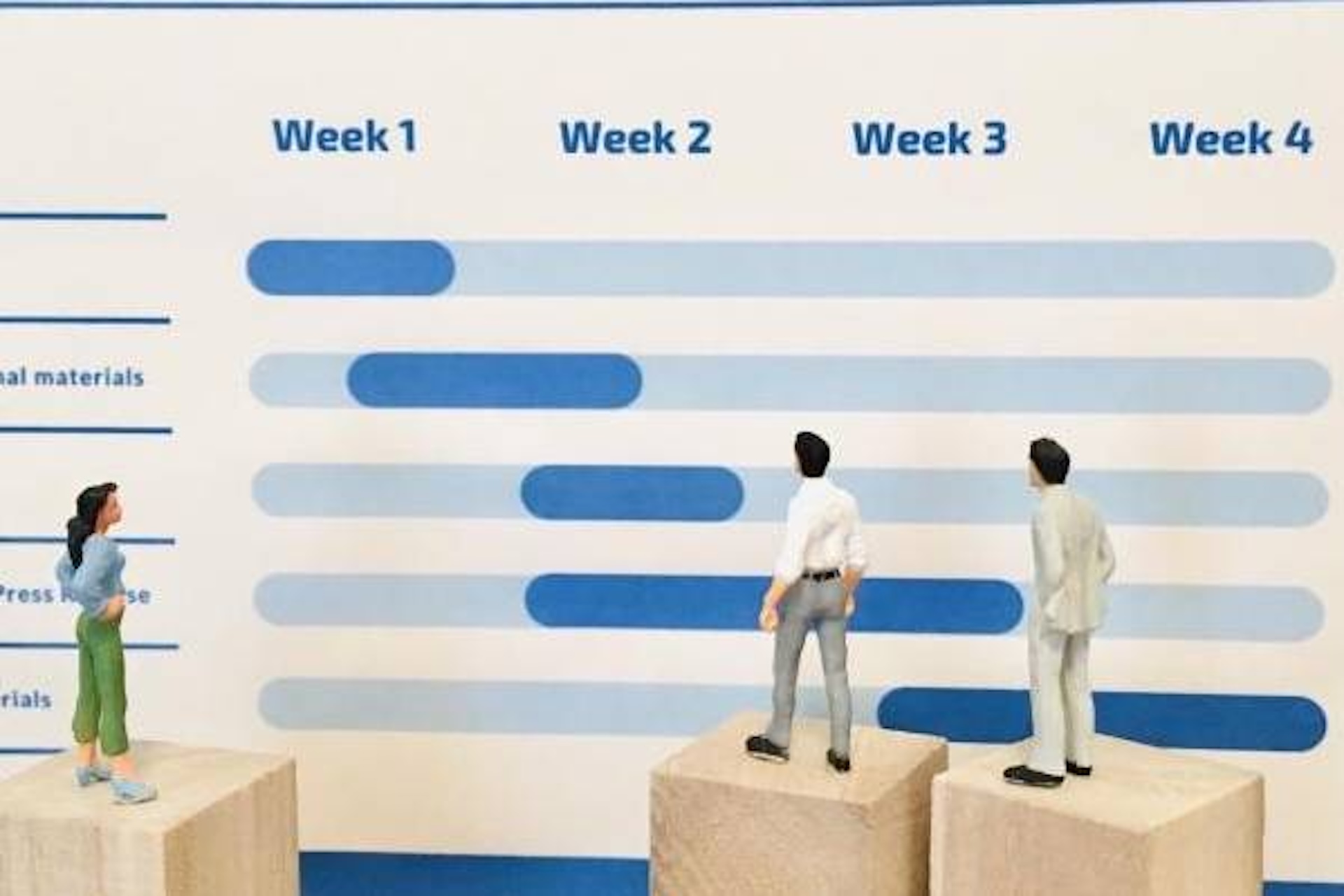10 Common Jira Service Management Mistakes and How to Fix Them
Jira Service Management (JSM) is a powerful tool for IT service management, but like any tool, its effectiveness depends on how it’s used. Missteps in configuration or workflow can slow down your team and reduce the quality of your service delivery.
Here are 10 common mistakes teams make with Jira Service Management—and how to fix them.
1. Ignoring SLAs
The Mistake: Not defining or monitoring Service Level Agreements (SLAs).
Why It’s a Problem: Delayed responses and resolutions lead to unhappy customers.
Fix:
- Set SLA goals for response and resolution times based on ticket priorities.
Use JSM’s SLA tracking to monitor performance in real-time.
2. Overcomplicating Workflows
The Mistake: Creating workflows with too many statuses and transitions.
Why It’s a Problem: Confuses team members and slows down task progress.
Fix:
- Start with simple workflows (e.g., “Open → In Progress → Resolved”).
Add complexity only when absolutely necessary.
3. Poor Request Categorization
The Mistake: Using generic categories for service requests.
Why It’s a Problem: Makes it hard to prioritize and route tickets effectively.
Fix:
- Define specific request types (e.g., “Access Request,” “Bug Report”).
Use JSM forms to capture detailed information upfront.
4. Failing to Automate
The Mistake: Manually assigning tickets and sending updates.
Why It’s a Problem: Wastes time and increases the risk of human error.
Fix:
Use JSM automation rules to route tickets, send SLA reminders, or escalate overdue tasks.
5. Overlooking Knowledge Base Integration
The Mistake: Not linking a knowledge base to the self-service portal.
Why It’s a Problem: Increases ticket volume with repetitive queries.
Fix:
- Integrate JSM with Confluence to create a searchable knowledge base.
Add FAQs and how-to articles for common issues.
6. Inefficient Queues
The Mistake: Overloading agents with poorly organized queues.
Why It’s a Problem: Slows down response times and reduces efficiency.
Fix:
- Set up filtered queues for specific ticket types or priorities (e.g., “High Priority,” “Pending Approval”).
Use Jira filters to customize queues for each team.
7. Not Monitoring Performance Metrics
The Mistake: Ignoring performance data like resolution times or ticket trends.
Why It’s a Problem: Missed opportunities to improve processes and customer satisfaction.
Fix:
- Use JSM’s built-in reports to track key metrics.
Regularly review performance dashboards to identify bottlenecks.
8. Lack of Collaboration Tools
The Mistake: Relying on email instead of leveraging collaboration features.
Why It’s a Problem: Leads to miscommunication and delays in ticket resolution.
Fix:
- Use JSM comments and @mentions to collaborate within tickets.
Integrate with tools like Slack or Microsoft Teams for real-time updates.
9. Neglecting Regular Updates to Customers
The Mistake: Failing to update customers on ticket progress.
Why It’s a Problem: Frustrates customers and damages trust.
Fix:
- Use JSM’s customer notifications to automate updates at key stages.
Customize notification templates to include relevant details.
10. Not Reviewing and Adapting Processes
The Mistake: Sticking to outdated workflows and configurations.
Why It’s a Problem: Limits your team’s ability to scale and improve.
Fix:
- Conduct regular reviews of workflows, SLAs, and automations.
Gather feedback from agents and customers to identify areas for improvement.
Conclusion
Avoiding these common pitfalls can dramatically improve your Jira Service Management experience. By simplifying workflows, leveraging automation, and keeping customers informed, your team can deliver faster, more efficient service while keeping satisfaction levels high.





